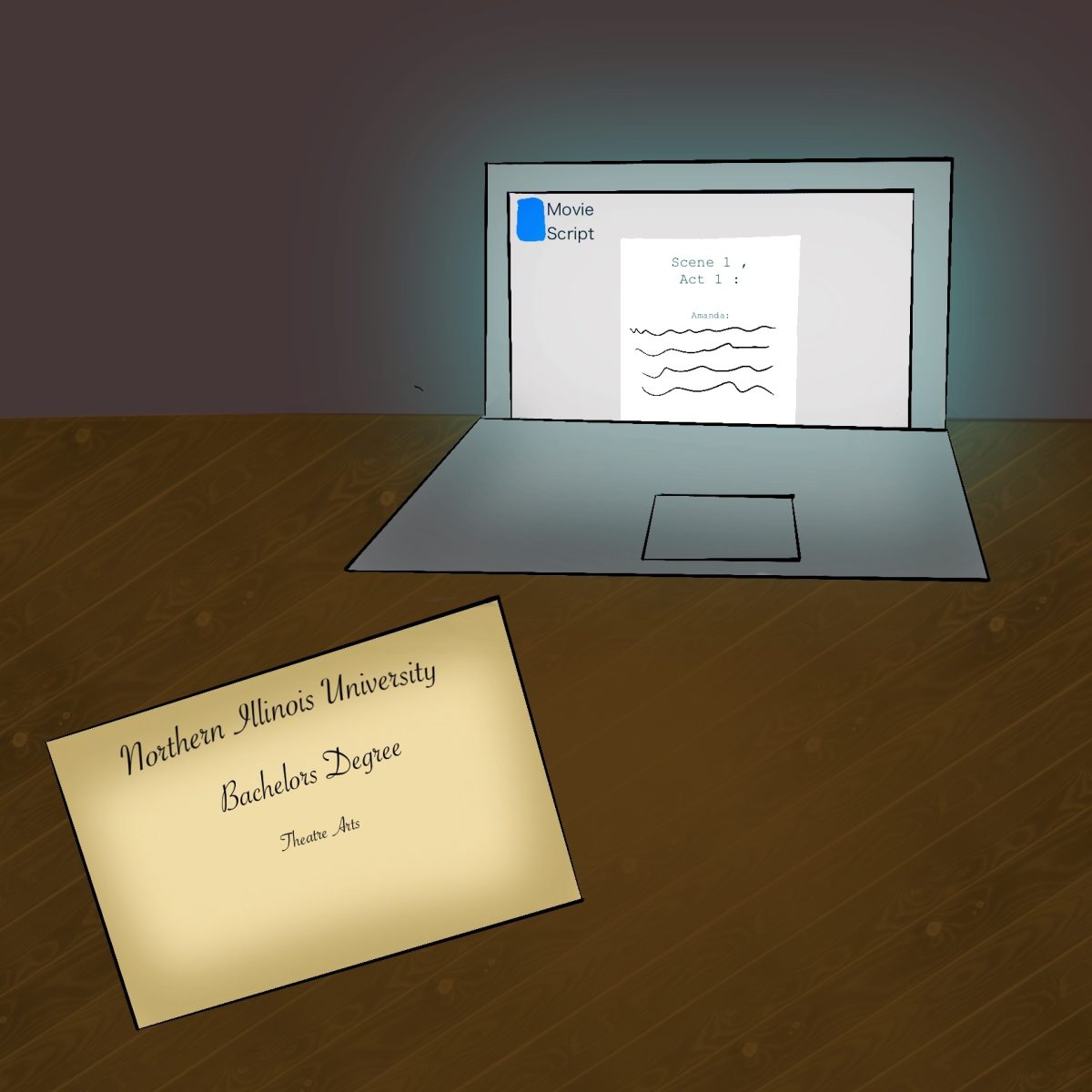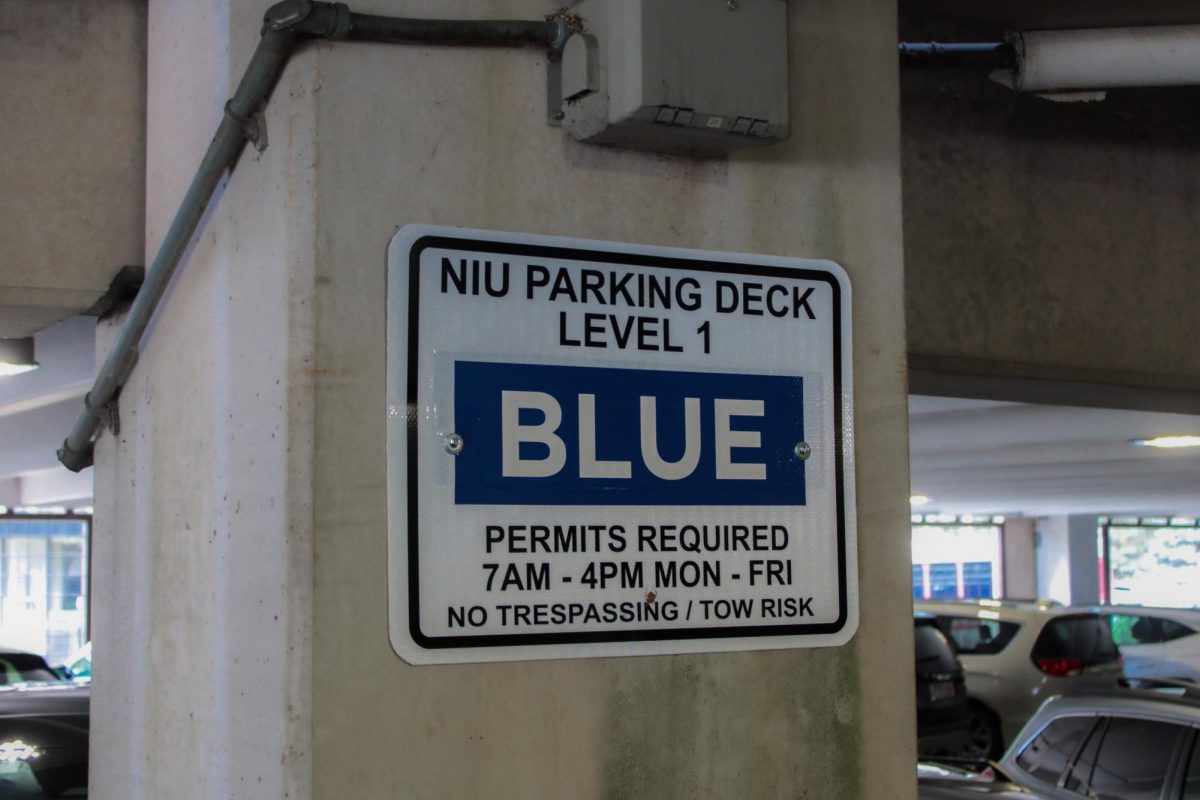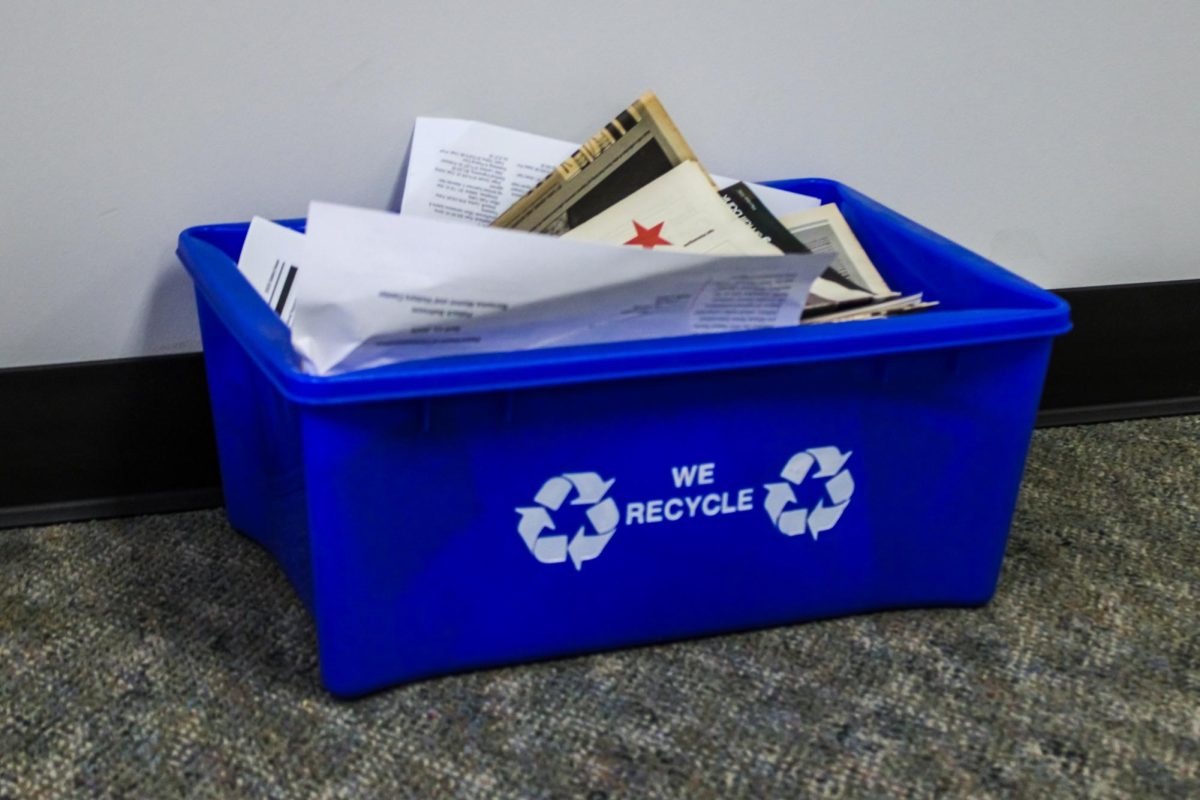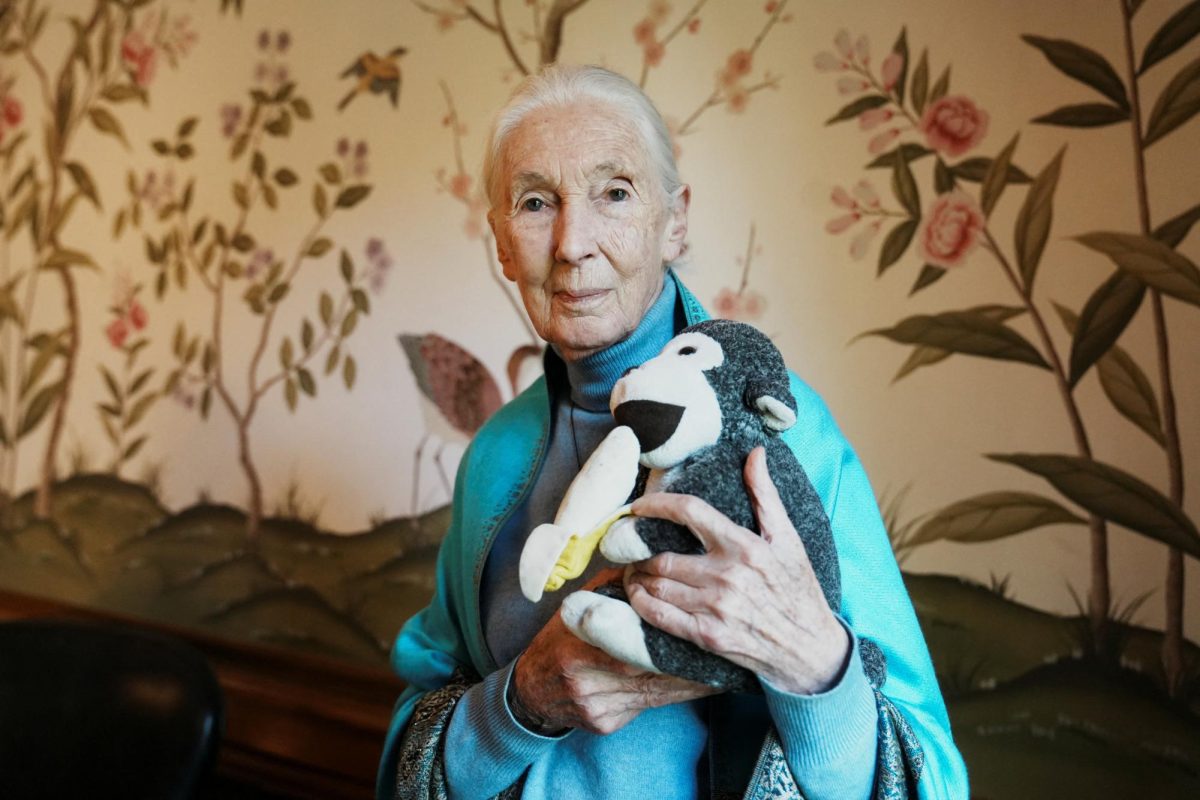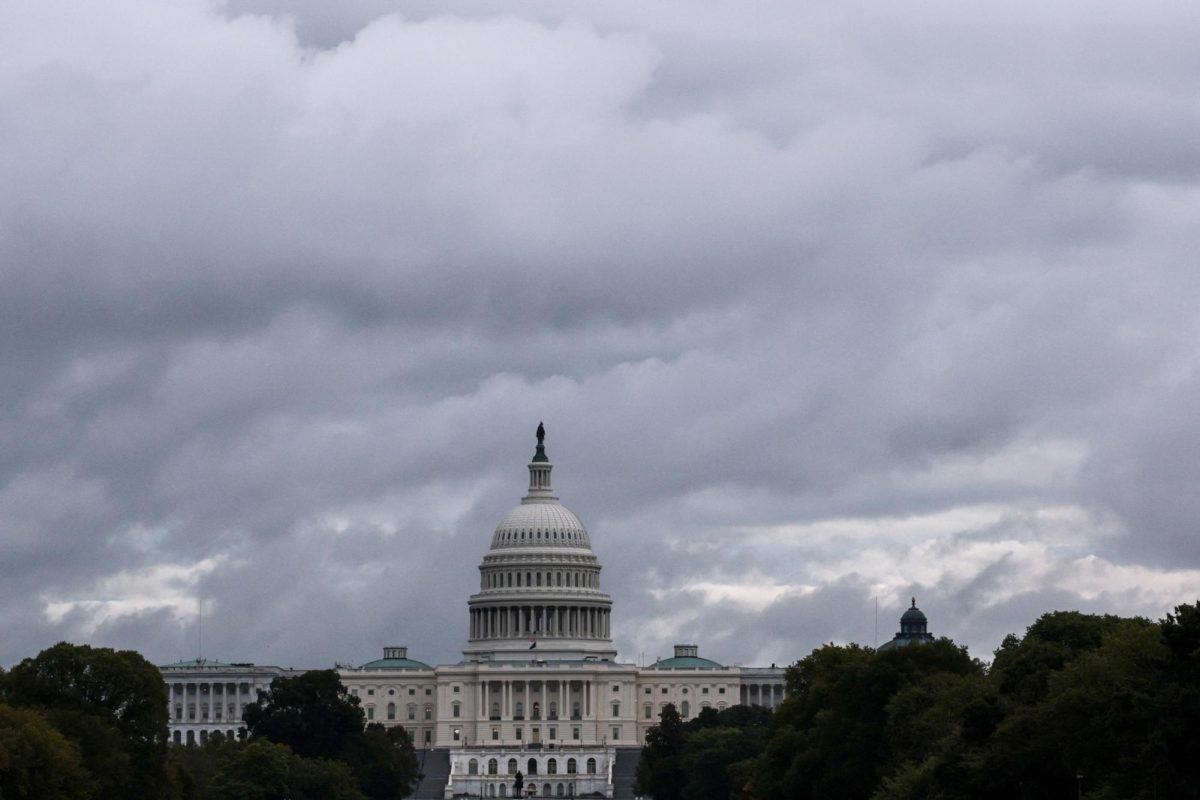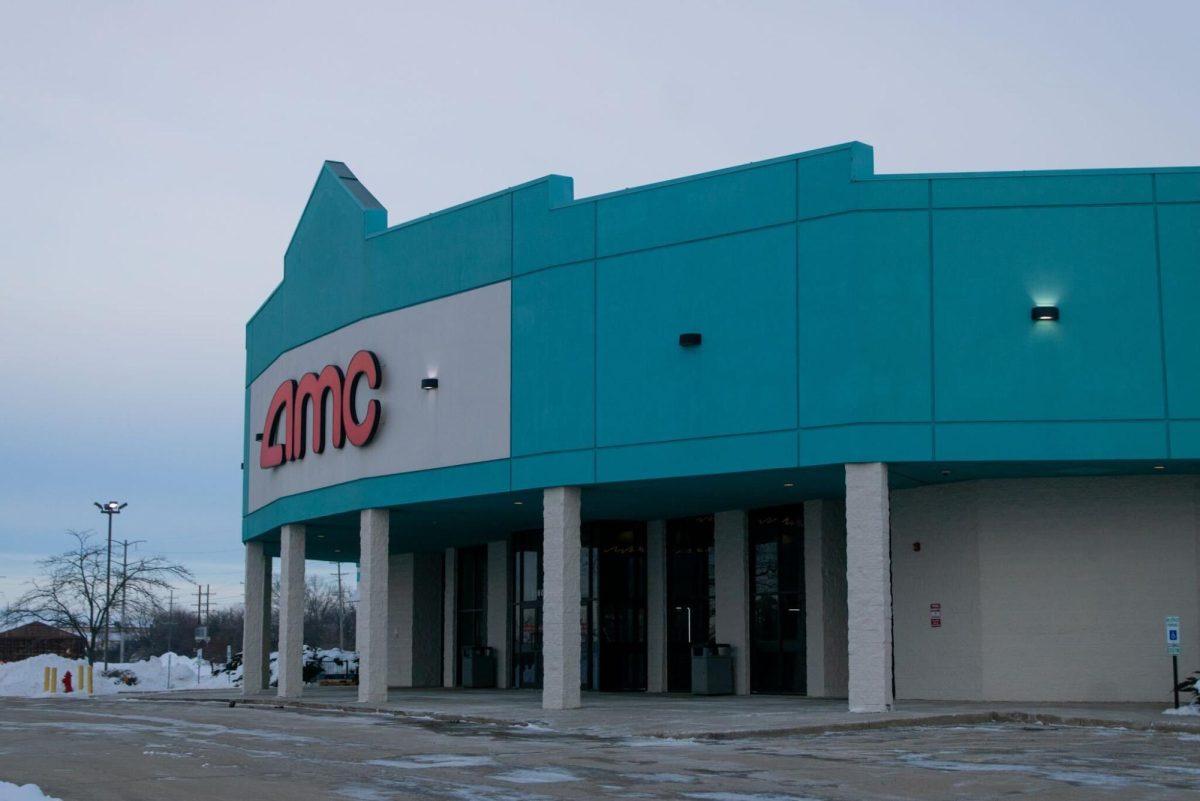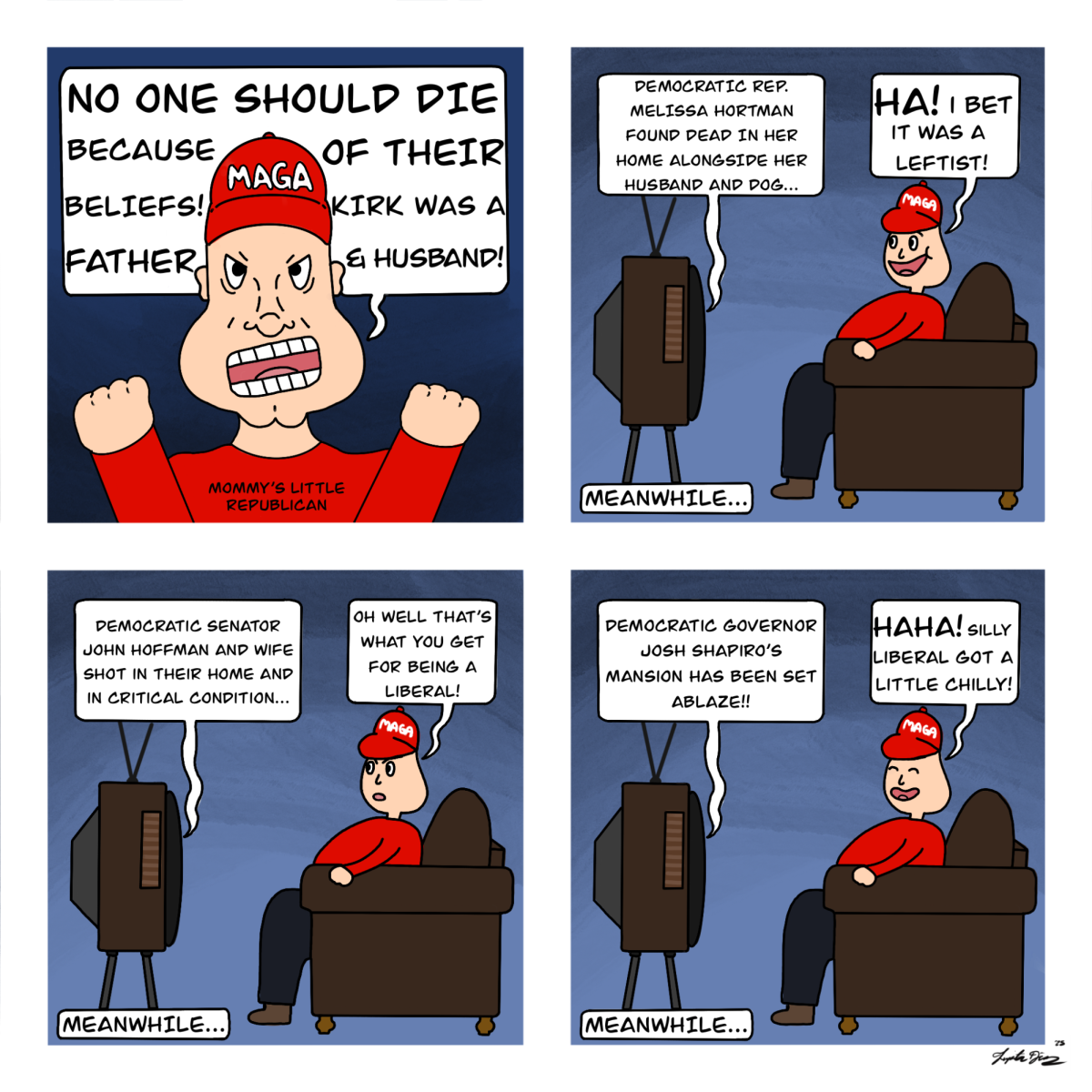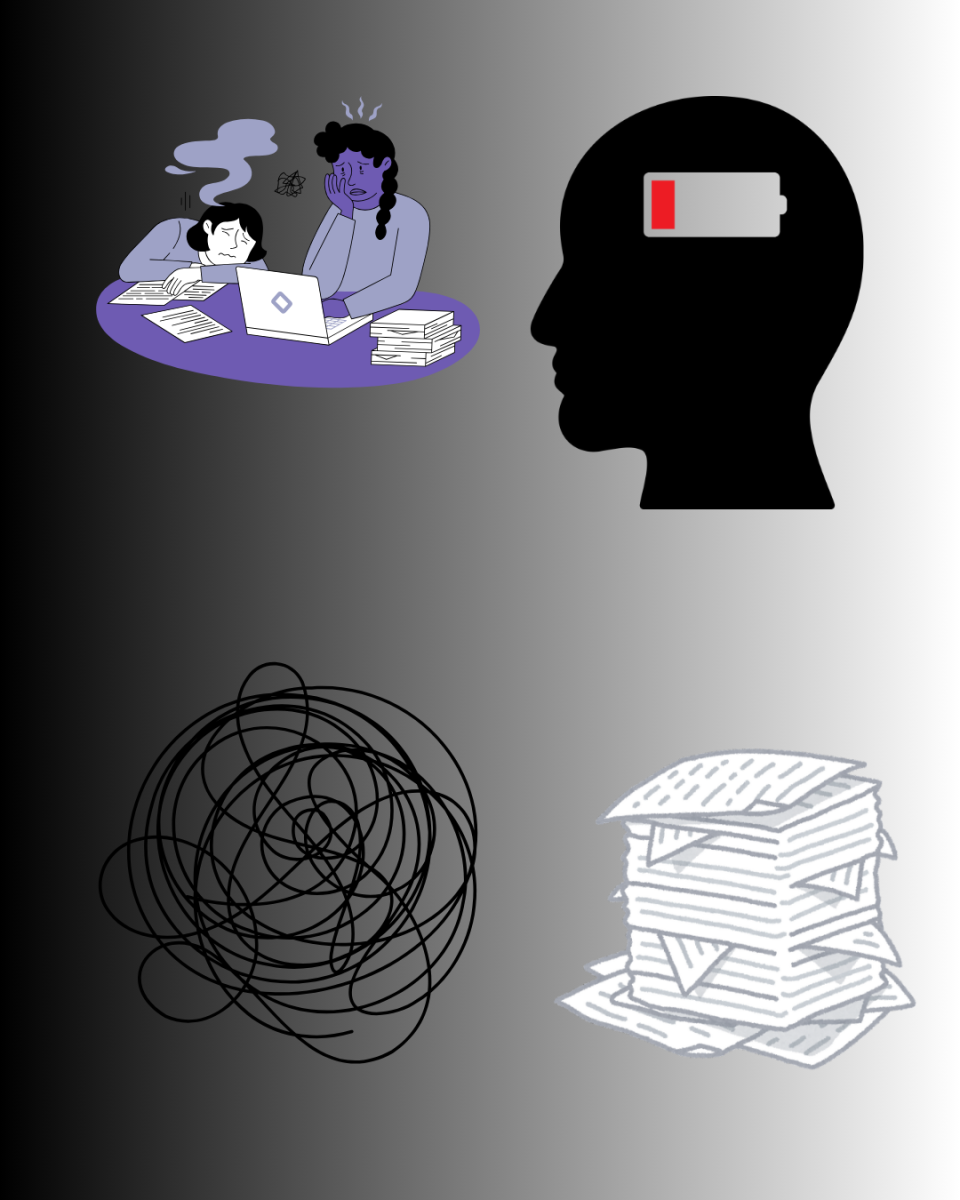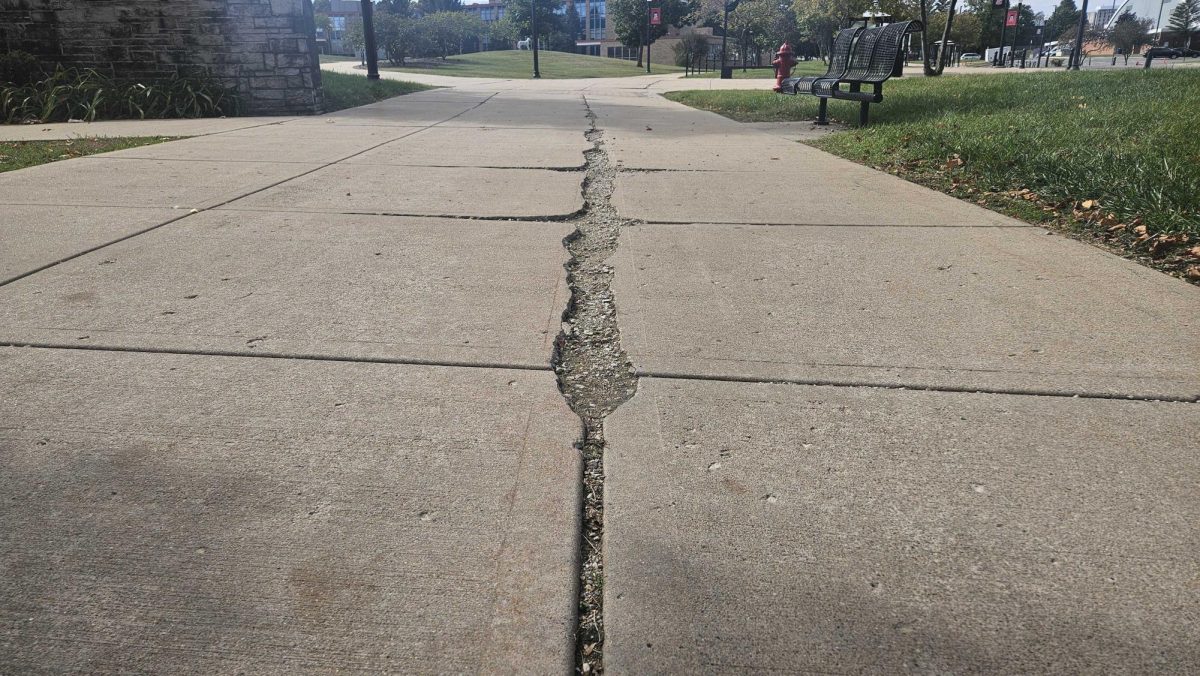Artists pursue higher education as a way to learn how to grow in their fields and develop their passions. This is great, but when it comes to NIU, the opportunities for artists to grow can be hit or miss.
Students may feel like their needs are not being met and, in other instances, can fall victim to a curriculum that seems like it doesn’t fully prepare them for the future or leaves them feeling overwhelmed.
Sasha Edwards, a junior photography student in the School of Art and Design, spoke on some of the positives and negatives of the program.
“It’s fun and interesting to learn how to do certain things with different tools and materials,” Edwards said. “It’s also nice how the program is flexible. But there are some negatives, a big one is the workload. There are a lot of projects to work on, and it’s hard for me to focus on one specific project sometimes.”
This is a common issue based by artists, their creativity can sometimes feel overloaded due to a heavy workload. Studies have shown there is a greater link between mental disorders and creativity than the sciences or other, more standard fields. This is a product of artists’ unique minds and the work that they have to put into it in order to share their gifts with the world.
The university is trying to improve its programs, however. A big step in this has been the work of the faculty in listening to student input. The Director of the School of Art and Design at NIU, Jessica Labette, talked about the input she gets from students.
“I have a really cool student advisory group. They’ve been giving me a lot of suggestions this year about things to improve and different things that they want to do,” Labette said.
This communication between students and faculty is paramount, and Labette’s dedication to listening to students’ thoughts will only help to further improve their experience and education.
The School of Theatre and Dance has also taken similar steps with director Roxanna Conner holding open floors for students to air their grievances and make suggestions. This open line of dialogue is important across any school in the arts, and it is great that it is becoming ever-prominent.
Labette also spoke on some ways the School of Art and Design is trying to help students progress in their careers through connections and internships.
“I think developing a network of internship opportunities, and starting with our alumni who have businesses and careers in the arts, and partnering with them to help connect our students, that’s something we’re going to do,” Labette said.
This is another area that the university has been growing in, much to the benefit of the school’s artists. A big reason why artists choose to come to college is because they want to be prepared for their career after it’s over. One of the best ways to prepare them for that is to connect them with people who will help them get where they want to be.
Overall, the university is moving in the right direction. However, there is still room for growth in improving overall conditions, as it stands, to build up the talented artists on campus for their future.
Good steps would be to further promote discussion between faculty and students so both sides can continue to work together to help the school reach its full potential. It also may be good to give students more freedom at times in their work and to coordinate projects so they won’t feel overwhelmed and can get the best, creatively, out of everything they do.


